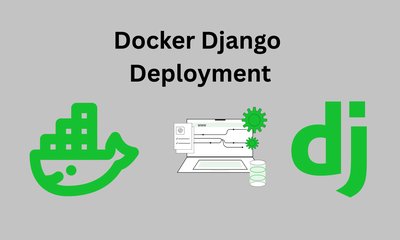By khoanc, at: 20:14 Ngày 19 tháng 6 năm 2024
Thời gian đọc ước tính: __READING_TIME__ phút


By khoanc, at: 20:14 Ngày 19 tháng 6 năm 2024
Thời gian đọc ước tính: __READING_TIME__ phút


Tháng 11 03, 2024
Đọc thêm